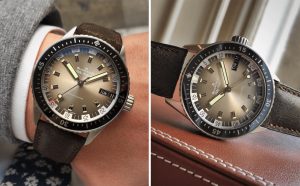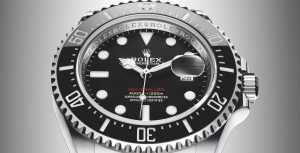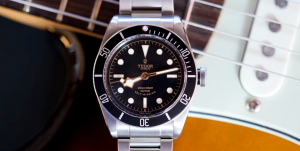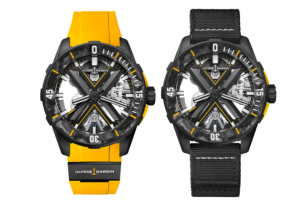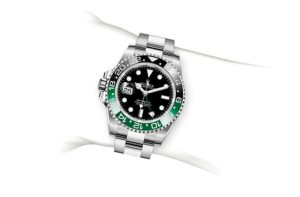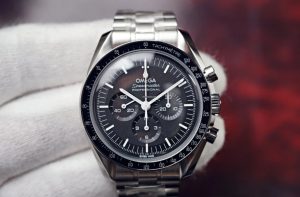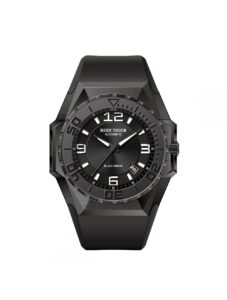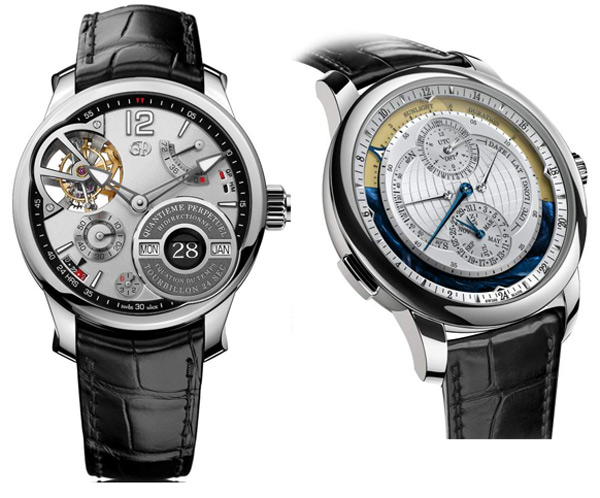
Looking at this category, I struggled to comprehend the gulf between two watchmaking extremes among the watches that the jury has preselected. On the one hand there is a thoroughly reasonable calendar watch that costs 3,750 Swiss francs. On the other, there are not just one, but two watches that cost over 160 times this amount: a perpetual calendar with equation of time from Greubel Forsey and the Krayon Everywhere.
Such figures do little to counter claims that a luxury watch is an expensive trinket designed for the few rather than the many. The average price of the watches preselected in this calendar category (where the only criterion for entry is that the watch should have at least one calendar complication) is a staggering 234,000 Swiss francs. I could buy a house in my home town in England for that and use the change for a luxury sports car to park on the drive. The median value removes the impact of the two far more expensive watches on this figure to leave 62,000 Swiss francs, which is still enough to get you a respectable luxury car, even in Switzerland.
This is not to detract from the level of horological accomplishment demonstrated by the finalists in this category. Greubel & Forsey’s QP à Equation has an innovative way of displaying the equation of time and the current year, but this can only be seen when you take the watch off. The Krayon Everywhere removes the equation of time display altogether, even though it is required for its universal sunrise and sunset time display. After paying your 600,000 Swiss francs, all you need to do to see these is set the month, the date, UTC and the latitude and longitude of your location. Of course you have all this information readily to hand… on your mobile phone which can, incidentally, also tell you the precise sunrise and sunset times for anywhere around the world for a thousandth of the price.

Greubel & Forsey QP à Equation and Krayon Everywhere
Slightly more on the reasonable side, yet still way beyond the budget of most mortals, is the Audemars Piguet Royal Oak Perpetual Calendar. This new model in black ceramic costs 85,000 Swiss francs and bridges the gap between the 59,000-franc stainless-steel model and the gold models that are just shy of 100,000 francs. In this case the price is justified by the 30 hours of work required to machine, polish and hand-finish the ultra-resistant ceramic used for the case, bezel and bracelet. This is five times longer than the time needed to produce the stainless-steel model and the result is a wonderful scratchproof shiny black version of the iconic Gérald Genta design.
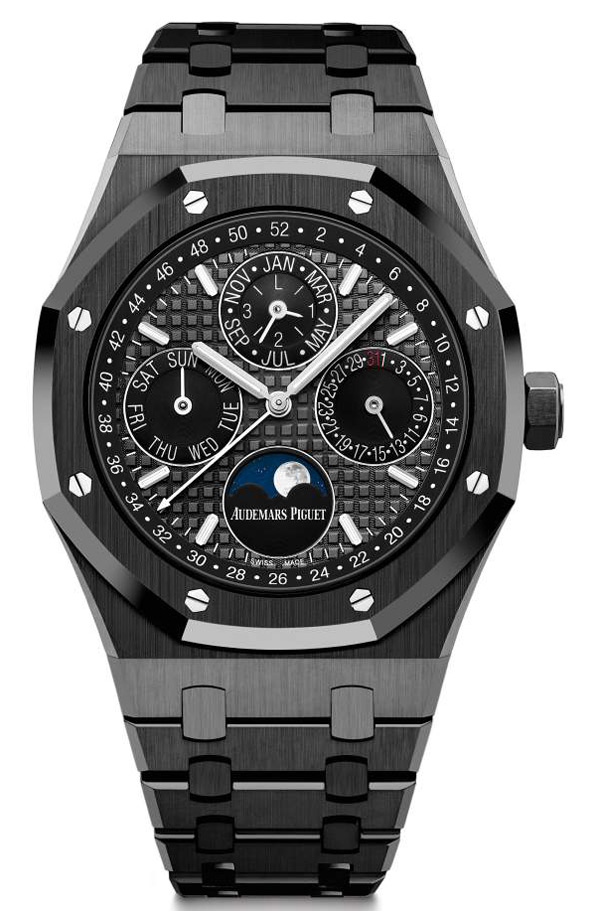
Royal Oak Perpetual Calendar © Audemars Piguet
A. Lange & Söhne would usually be among the most expensive of a category pick, but in this case the 1815 Annual Calendar almost looks like a bargain. At “only” 39,000 Swiss francs, and with a red-gold case, we cannot expect a perpetual calendar. But correcting the watch on the 1st of March every year is a small concession to make for such an accomplished piece whose thin calendar module (it is just 1.4mm thick), combined with manual winding, make it slim enough, with a thickness of just 10.1mm, to be an easily wearable classic timepiece.
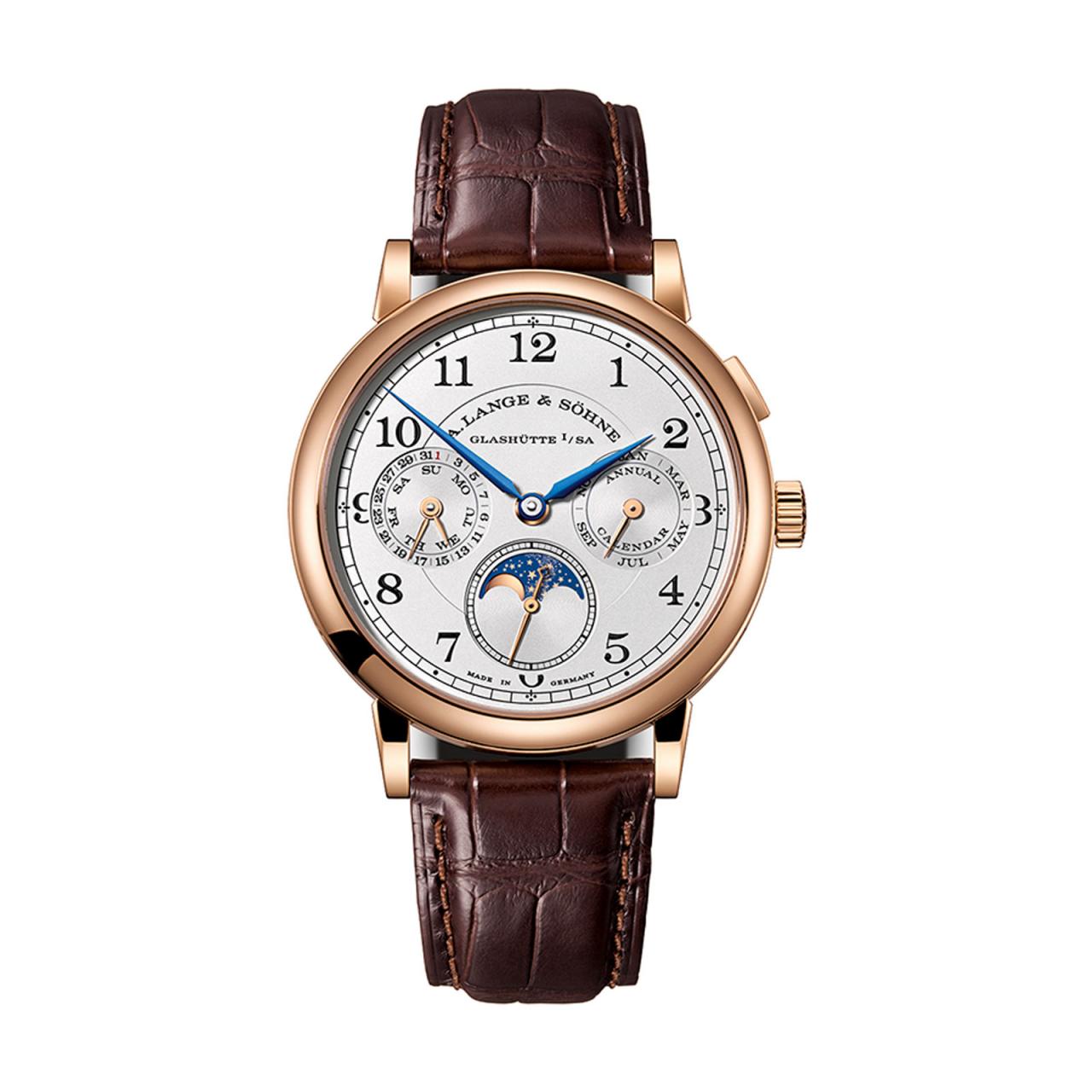
1815 Annual Calendar © A. Lange & Söhne
The Zenith Chronomaster El Primero Grande Date Full Open is the most mainstream of the luxury models preselected in this category and retails for a nice, round 10,000 Swiss francs. There is plenty crammed into this package, including the brand’s legendary high-frequency El Primero chronograph movement, a big date display and a combined moon-phase and day-night subdial on which the moon disc rotates once every 59 days, or two lunar cycles, and the sun disc beneath rotates once every 24 hours, creating a constantly changing animation in the 6 o’clock position on the dial.
Let’s stick with the dial side and begin with its most immediately apparent effort: its proudly exhibited tourbillon bridge and assembly. The bridge itself includes a curve on each end that’s visible from the smallest of viewing angles. Both prongs result in a golden chaton using a diamond endstone interior — a long-forgotten element reserved for just the finest pocket sequences of old.The tourbillon’s cage itself features remarkably romantic curves and eye-wateringly mirror polished top surfaces. The next image above reveals how that mirror end works: it’s either silky-shiny white, or pitch black. Because the tourbillon stays so deep under the dial, mild finds humorous ways to make it into just some bits and pieces of the tourbillon assembly — a different, but fantastic light display on display.Lange state the tourbillon “overcomes the pull of gravity” and I am sorry, but I can’t help but cringe every time I read or hear that. Jedi and astronauts onboard the ISS can overcome the pull of gravity, but not many others — and also a tourbillon certainly can’t. It is not 2002 anymore, when the tourbillon is a mystical thing that’s not possible to describe. I might be nitpicking here, sure, but what can it be if not focus and comprehension of these details that we expect from the big guns like Lange? The tourbillon, fully subjected to the pull of gravity, over time averages out the rate errors of the watch’s timekeeping organ, something mostly and totally unnecessary in a wristwatch, unless we’re speaking multi-axis tourbillons.
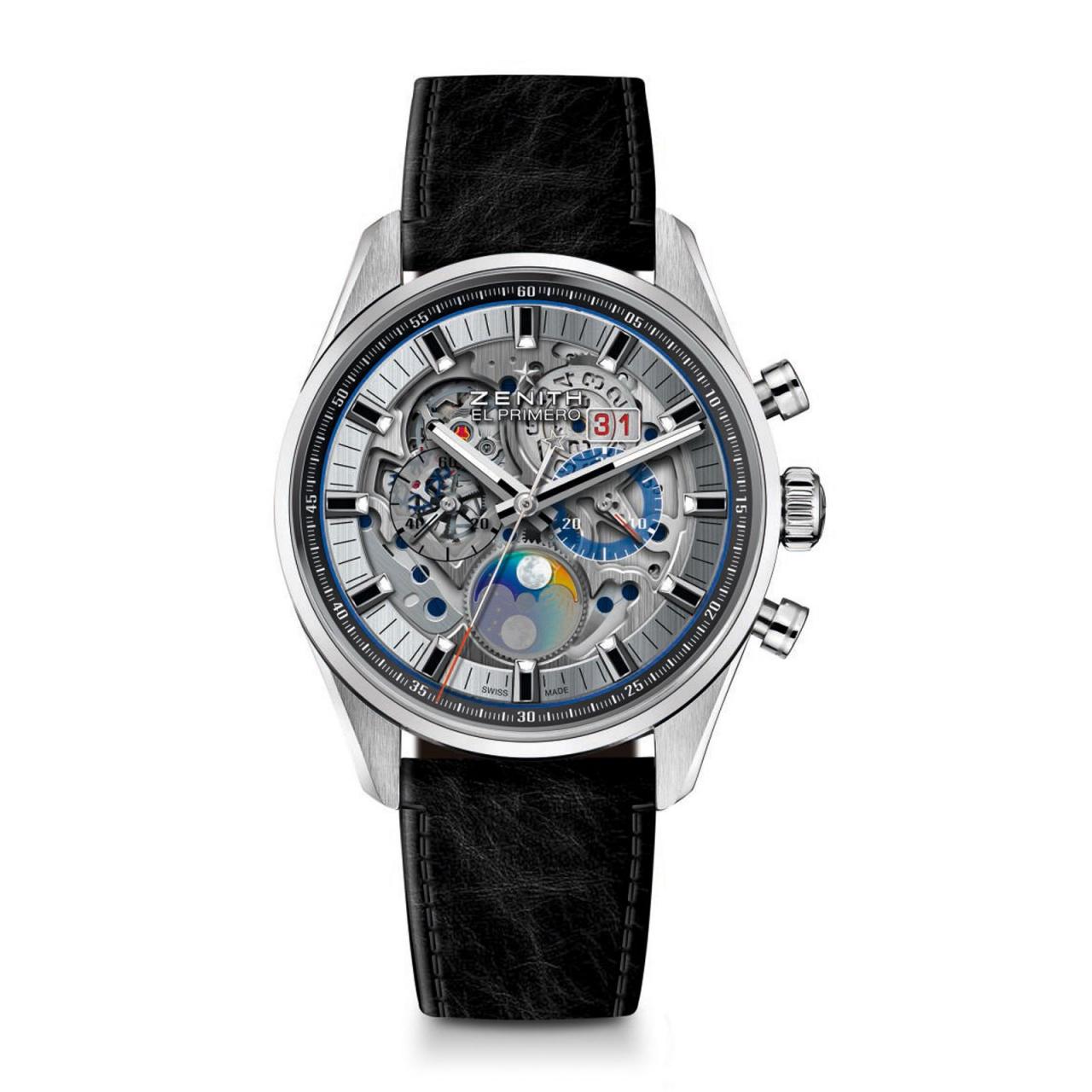
Chronomaster El Primero Grande Date Full Open © Zenith
Last, but by no means least, is the Delma Klondike Moonphase, which is equipped with a high-quality Valjoux 7751 chronograph movement and costs just 3,750 Swiss francs. The two-tone case and bracelet may be targeted more to Asian customers, the classic styling may not be to everyone’s taste and the brand name may not be as well-known as those of its peers in this category. As a result one might even argue that its price actually reflects its true value.
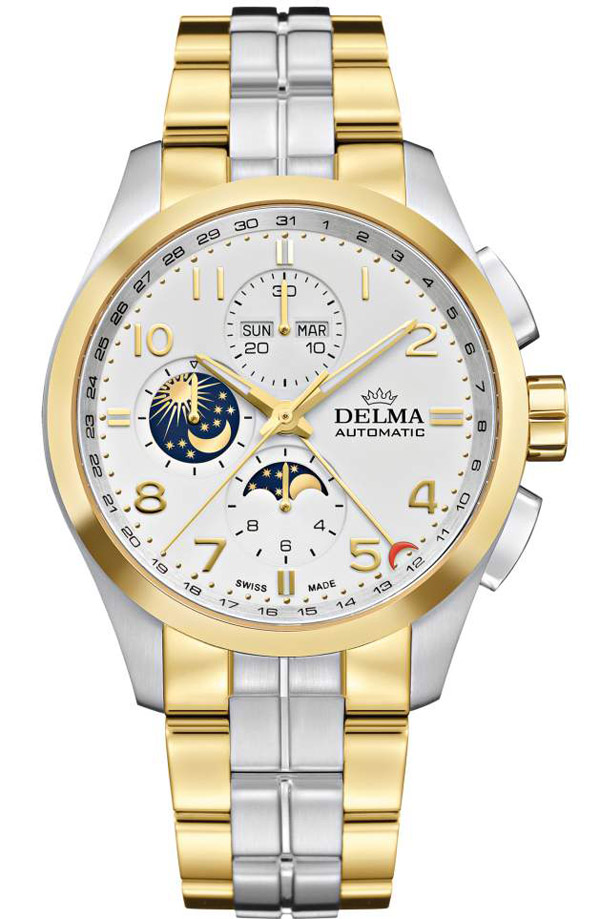
Klondike Moonphase © Delma
Watch the ceremony
